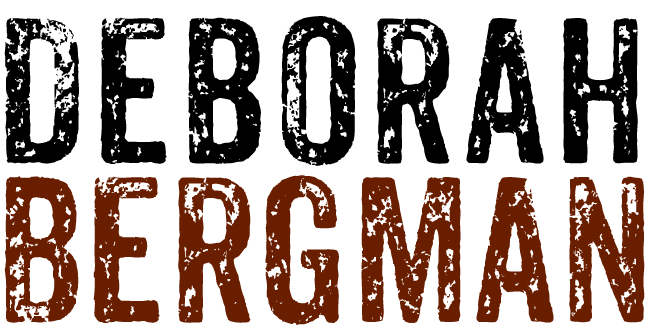Here's a Q and A on my ongoing Just Energy series. If you have any more questions (or for that matter answers), feel free to drop me a line.
What am I looking at?
Every image in this series begins with a DSLR capture of one specific waterfall in the Columbia River Gorge.
How do you go from the original image to the finished color abstract?
Standard digital processing tools: Adobe Photoshop and plug-ins. Art lovers who don't know digital processing (a specialized skill) ask me what that means. Based on my modest experience, here is how it works: digital photography techniques were specifically developed to duplicate classic camera and darkroom techniques, like making things lighter and darker (dodging and burning).
As Ansel Adams once (and now rather famously) said, “the negative is the equivalent of the composer’s score, and the print the performance.” From there, it kept going: classic film types and discoveries were translated digitally and today the digital revolution continues to unroll, including the advent of many tools that are purely digital without filmic antecedent and also those that were and are specifically innovated for color.
Using a few of them, I play with and "research" an image to see what may lie below the surface. If something catches my attention, I follow it and "draft" versions. In many cases, it's actually not easy to duplicate or standardize a specific style or color spectrum on a curated set of images. They may all start more or less in the same place, but, typically, the intangible mixture of light, flow, shape, and power make exploring every image a qualitatively different experience both technically and creatively.
How does software do that?
It all begins with the pixels. From there, digital algorithms are applied to perform specific processes on the information that is present. As a result, colors and contours and visible details often change. That's how it works generally (not just here). Next, I usually use very standard tools like layer blending (how the pixels of different layers interact with each other; the exact technical term is blending modes) and opacities. Forms and shapes show up, and I pursue them. And sometimes there is a beautiful and (often) surprising result. So really, each image is also embedded with a little journey.
How does the software map turbulent, swirling areas in color and render them? Aren't those actually white and opaque when you look at them?
Via the pixel information. A process just applies its equations to the existing pixels if I ask it to. It has no opinion, or retina, or optic nerve. It's pretty neutral.
Do you change any of the colors specifically yourself?
No. I choose and experiment with the techniques and effects, which create combinable layers which generate a sandbox of colors and forms and contours and detail. I create and (hopefully) select a few final images from them. I tend to be overly critical and exacting of and surprised by my own work, so I often get someone else to look at them too. Otherwise, you would probably only ever seen one or two of these.
Whether or not I like them, I don't manually change any of the resulting colors or densities. Regardless of the specifics of algorithms and techniques, the results you see actually convey and illustrate energetic information within that technique's parameters. Part of my reference point here is cosmology. (In the '00s, I was asked to develop and teach an innovative cosmology program, so I spent some time with galactic imagery.) In an X-ray telescope image, the lighter and cooler areas always indicate higher energy zones. For instance, star nurseries, which are very very hot places, are often light blue—a frequency that lies toward the ultra violet end of the wavelength spectrum.
In this series, the lighter colors tend towards the more energetically-intense areas...e.g. the place where the water is hitting the earth with maximum intensity. For me part of the magic is not only to offer an interesting image, but one that, in formula and result, also accurately describes an energetic event. The original pixels always determine the final result.

